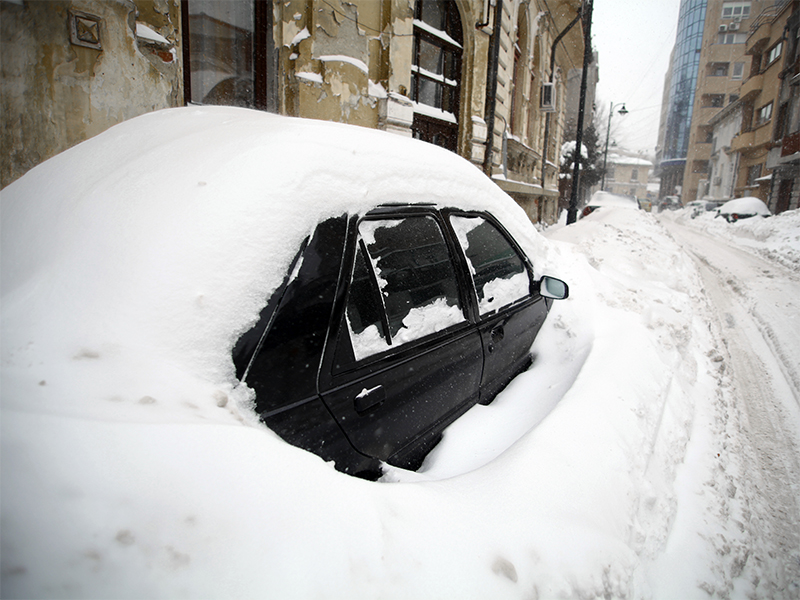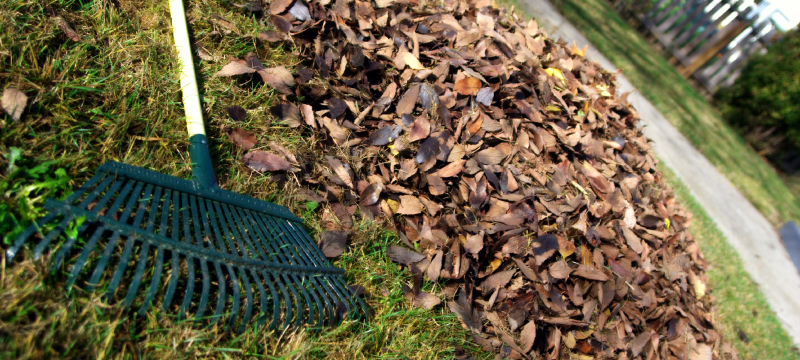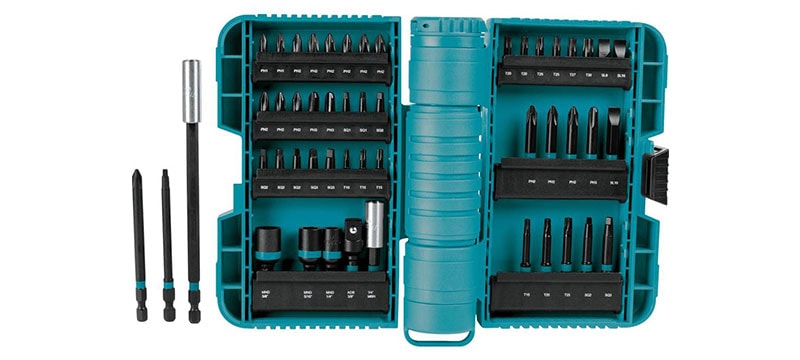How To Prepare For A Winter Storm
Heavy snow, ice, sub-zero temperatures, and high winds make travel impossible and may affect utilities and emergency services.
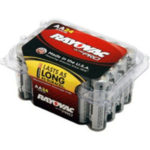
Winter weather can also significantly impact your family and home if you’re not ready for it. Preparing for winter storms can help keep your family safe and prevent damage to your home.
Know Your Weather
Part of winter storm preparedness is learning about local weather conditions that may affect you and your family. Extremely cold temperatures, heavy snowfall, freezing rain and ice and high winds are all potential threats. Use local news sources, the National Weather Service or an NOAA weather radio to keep track of changing conditions, and learn the standard terminology used to describe winter weather:
- Winter Storm Outlook – winter weather may occur within two to five days
- Winter Weather Advisory – severe storm conditions are expected and may cause hazardous conditions or serious inconveniences
- Winter Storm Watch – winter weather is possible within 36 to 48 hours. Review your storm preparedness plan and stay abreast of changing weather conditions
- Winter Storm Warning – dangerous winter weather has begun or will start within 24 hours. Take immediate precautions
Autumn Preparations
The best time to implement your winter preparedness plan is before it gets cold out. Winterize your vehicle and top up the gas tank to ensure you can get around if you have to. Have your home’s heating system and chimney inspected and cleaned each year, and check for loose or damaged shingles and siding on your home’s exterior. You should also remove and store garden hoses and shut off the water to exterior plumbing fittings to keep pipes from freezing. Install storm windows if needed, and check and repair caulking and insulation around doors and windows to prevent heat-draining air leaks. Autumn is also an excellent time to check your snow removal equipment and stock up on supplies such as rock salt, snow shovels, fuel for generators, or firewood.
Stay in Touch With Family Members
Preparing for a winter storm includes ensuring everyone knows how to communicate during an emergency. Ensure everyone has contact information for other family members and medical care providers, such as phone numbers, email addresses, and social media contacts. Plan how and where everyone will meet up if a crisis occurs. Be sure you include your pets in any emergency plan.
Create a Storm Preparedness Kit
The best way to deal with many winter weather events is to stay indoors and keep warm; an emergency kit ensures you can do so safely. The supplies you put together when preparing for winter storms can also help keep you safe during summer weather emergencies.
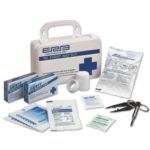
Here’s what your emergency kit should have:
- A three-day supply of food and water for everyone in your family, including pets
- Flashlights, lanterns, and a supply of extra batteries
- A hand-cranked or battery-powered radio, preferably one that receives NOAA weather stations
- Warm clothing for each family member, including hats, gloves, and boots
- Personal hygiene supplies and toilet paper
- Prescription medications and a first-aid kit, as well as supplies such as contact lenses, syringes, or hearing aid batteries
- Cell phones and chargers
- A basic tool kit
- Contact information, personal documents, such as passports and medical documents, and essential household records
- Toys, puzzles, and games to provide entertainment
You should also make sure your vehicle is prepared for winter storms. Create a compact version of your emergency kit with a flashlight, food, water, blankets, and warm clothing, and add road flares, a snow shovel, sand, or kitty litter for traction if you get stuck, and an indoor-safe, portable heat source.
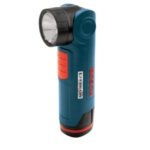
Staying warm is critical to winter preparedness, but you should never use a generator, camp stove, or grill indoors. Heat sources that use gasoline, natural gas, or charcoal produce deadly carbon monoxide gas. Only use appropriately ventilated alternative heat sources.
As the Snow Falls
During a winter weather event, there are a few steps you can take to protect your home and keep everyone safe. Bring pets indoors, move livestock to shelter, and ensure animals can reach food and water sources. Extreme weather can affect plumbing. Open cupboard doors to allow warm air to circulate around exposed pipes. A trickle of running water will keep pipes from freezing. You may want to consider purchasing a pipe thawing kit if you live in an area that regularly experiences sub-zero temperatures.
If you must go outdoors, dress appropriately. Wear several light layers, and stay dry to prevent hypothermia or frostbite. Avoid overexerting yourself when clearing snow, and take frequent breaks inside to rest and warm up. If you must travel, be sure someone knows your route and when you expect to arrive. Check-in when you reach your destination.
Winter storms are common in many parts of the country, and knowing how to prepare for a blizzard can help keep your family and home safe during an extreme weather. Winterize your home and vehicle, create a communication plan for your family, build an emergency kit, and enjoy the peace of mind being prepared for a crisis brings.

